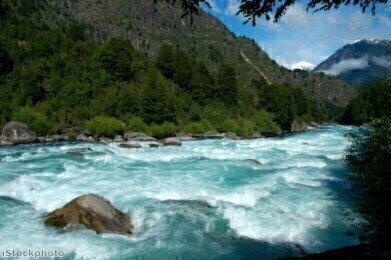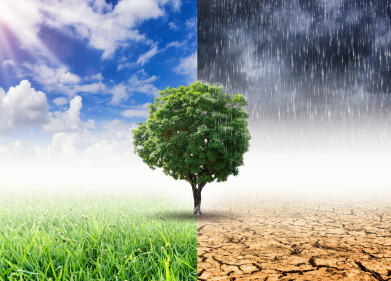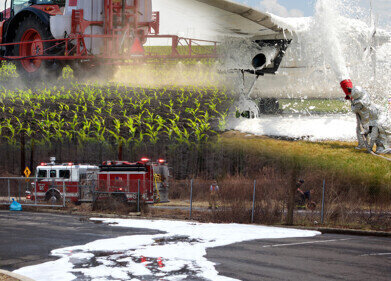Groundwater monitoring
Water table lowered through groundwater extraction
Apr 23 2013
The world is risking the depletion of groundwater as more countries pump vast amounts of water from natural reservoirs. Except during droughts, surface water from rivers and reservoirs is replenished once the rains come. This is not the case with subterranean groundwater. The water that is stored by rocks for thousands of years is not so easy to replenish, when it is tapped by drills and pumped to the surface it cannot be so easily replaced.
As water tables around the globe continue to fall, wells are being drilled ever deeper in order to reach this vital source of water. The natural reservoirs, or aquifers, are being emptied faster than they can be refilled. Much of this water should have been enough for future generations, but it could now take decades to replenish them even a fraction.
The relationship between groundwater and surface water - such as rivers and lakes - is more vital than the majority of people seem to think. Groundwater seeps from stream-beds and contributes to a large amount of the water flowing in rivers. The importance of groundwater, in relation to rivers and streams, alters depending upon a region's geography and climate, but groundwater is always needed in some measurement as a form of water replenishment.
The biggest cause of this depletion is agriculture, as farming uses at least two-thirds of the water we source from nature - more in drier areas of the world. Countries are already finding that the volume of their natural reservoirs is falling. The US has been pumping from the Ogallala aquifer since just after the 1930s Dust Bowl, however many of the wells have now run dry and pumping has fallen to half of what it was. Saudi Arabia has nearly completely drained the reservoir that lies beneath its desert in only 40 years.
Pumping so much water has other disadvantages as well as lowering the water table. When aquifers start getting low, toxic water often starts being drawn up. In areas of India many people are suffering from natural fluoride poisoning as the substance dissolves from rocks into the water. Gaza's inhabitants drink only from the natural reservoirs found beneath the country, but these reservoirs are being contaminated by seawater; rendering it undrinkable. A UN report has found that Gaza's water could possibly be entirely undrinkable by 2016 unless an alternative source is found.
Digital Edition
IET 35.2 March
April 2025
Air Monitoring - Probe Sampling in Hazardous Areas Under Extreme Conditions - New, Game-Changing Sensor for Methane Emissions - Blue Sky Thinking: a 50-year Retrospective on Technological Prog...
View all digital editions
Events
May 06 2025 Nuremberg, Germany
May 10 2025 Karachi, Pakistan
May 11 2025 Vienna, Austria
May 11 2025 Seoul, South Korea
Salon Analyse Industrielle & Instrumentation
May 14 2025 Paris, France












_(4427399123)-(2).jpg)






